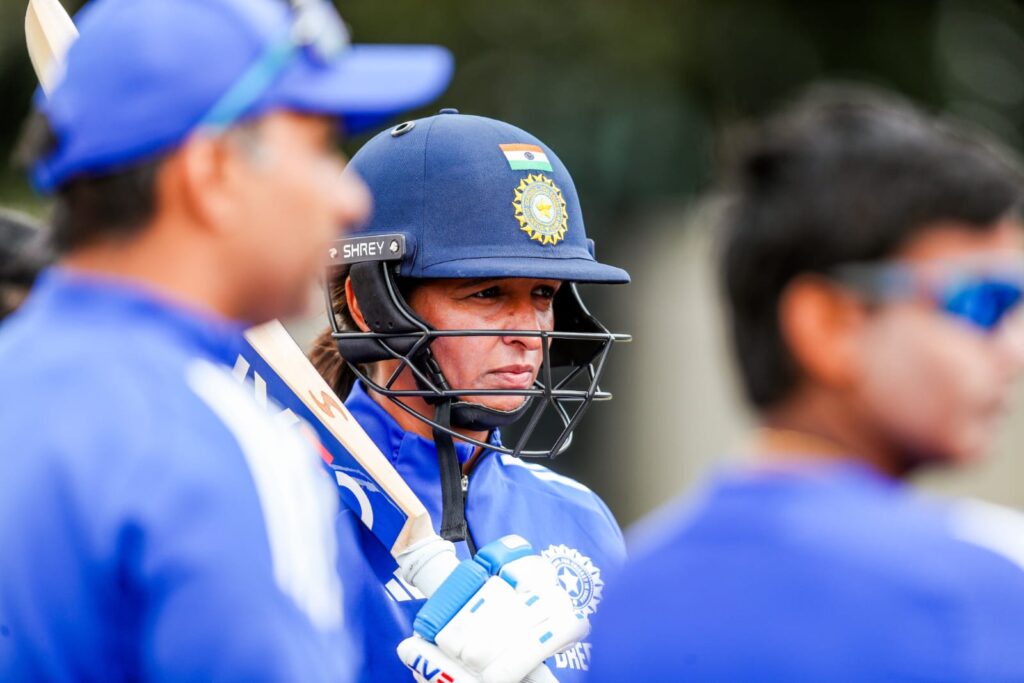
By Trisha Ghosal in Indore
India’s campaign at the ICC Women’s World Cup 2025 has reached its most fragile point yet. Three consecutive defeats, to South Africa, Australia and now England, have not just dented their confidence but also exposed a recurring pattern: promising starts collapsing under pressure. As the caravan now moves to Navi Mumbai for the final two group games, the team stands on a knife’s edge.
With Australia, South Africa and England already through to the semi-finals, the final spot will likely be decided by the India–New Zealand clash on October 23. It’s a must-win, virtual quarter-final for both sides. Yet the sense of deja vu is hard to ignore, India have been in control in all three of their losses, only to let the moment slip.
Smriti Mandhana, who top-scored in Indore with 88, admitted the team’s struggle to finish games. “I think if you see our games, especially the last three, we haven’t really finished well in the last five overs,” she said. “We lost five or six wickets in that phase, and that’s where the difference came. The job at the end is never easy, trying to get seven an over is tough. But I wouldn’t say the lower order hasn’t done their job. In the first two or three matches, we actually finished well, like against South Africa, we got 90-plus runs in the last ten overs.”
Mandhana added, “It’s about us, the experienced players, putting our hands up and guiding the younger group. Those last overs are the toughest phase in one-day cricket, and that’s where we have to be smarter.”
Follow Revsportz for latest sports news
India’s inability to close games stands in sharp contrast to South Africa’s gritty turnaround. Bowled out for 69 against England, South Africa could have crumbled. Instead, they responded by winning two nail-biters, against India and Bangladesh, thanks to lower-order composure from Nadine de Klerk, Ayabonga Khaka and Chloe Tryon. Their resilience sealed an early semi-final berth.
India, on the other hand, have let similar opportunities slip. In each of their defeats, one or two lapses, often from senior players, turned control into collapse. Now, as they head into Navi Mumbai, there’s no room left for error.
The task is simple on paper: beat New Zealand, beat Bangladesh, and qualify. But as India have shown across this World Cup, cricket isn’t played on paper, and pressure can be the toughest opponent of all.






